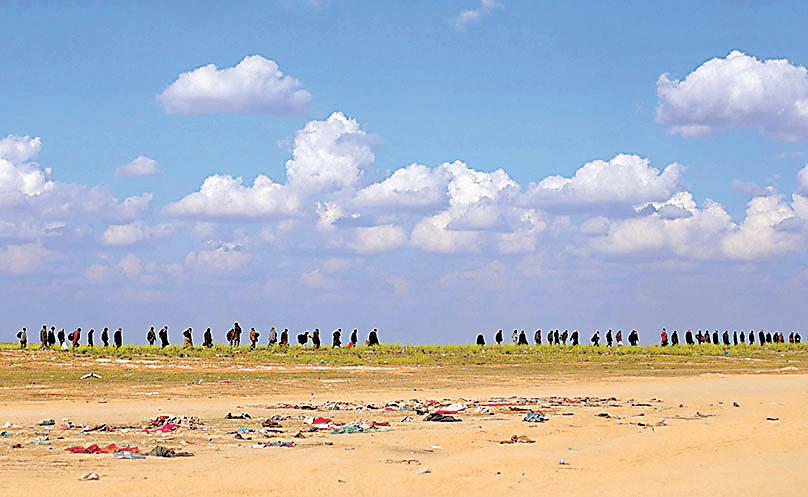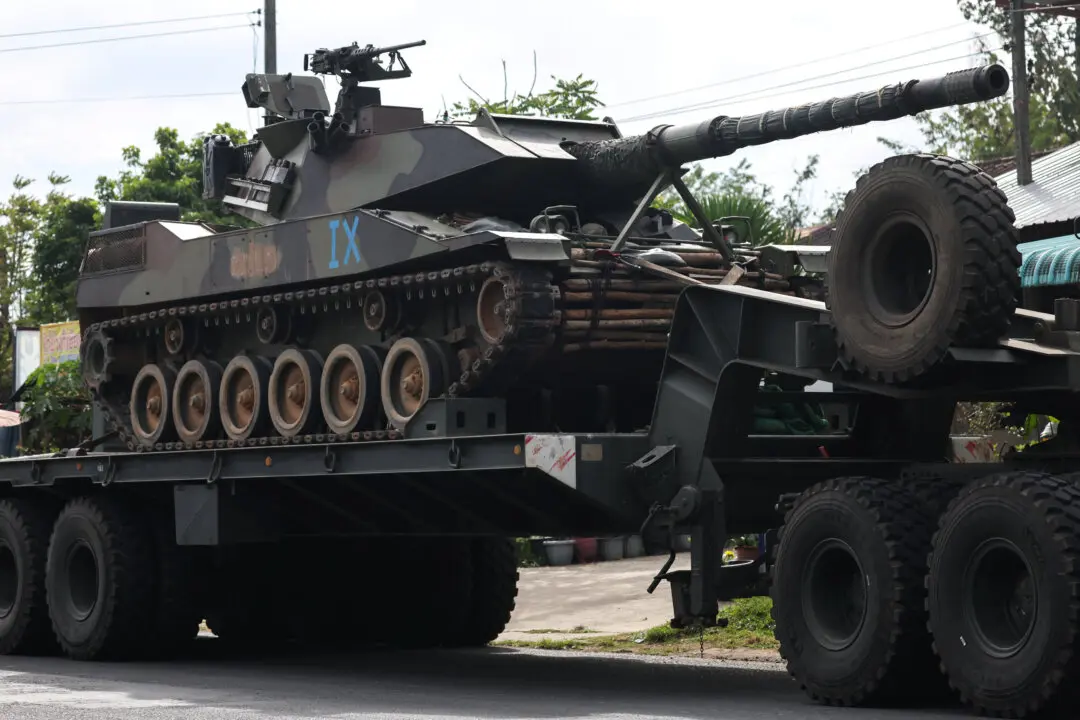DEIR AL-ZOR PROVINCE, Syria—Thousands of people could still be left inside ISIS terrorist group’s last enclave in eastern Syria, the U.S.-backed Syrian Democratic Forces (SDF) said, as the waves of evacuations from the tiny area continued on March 7.
The SDF has said it wants to ensure all civilians have been evacuated before launching a final assault on the besieged enclave of Baghouz. It is the last shred of populated territory held by ISIS, which once controlled swathes of Iraq and Syria.





